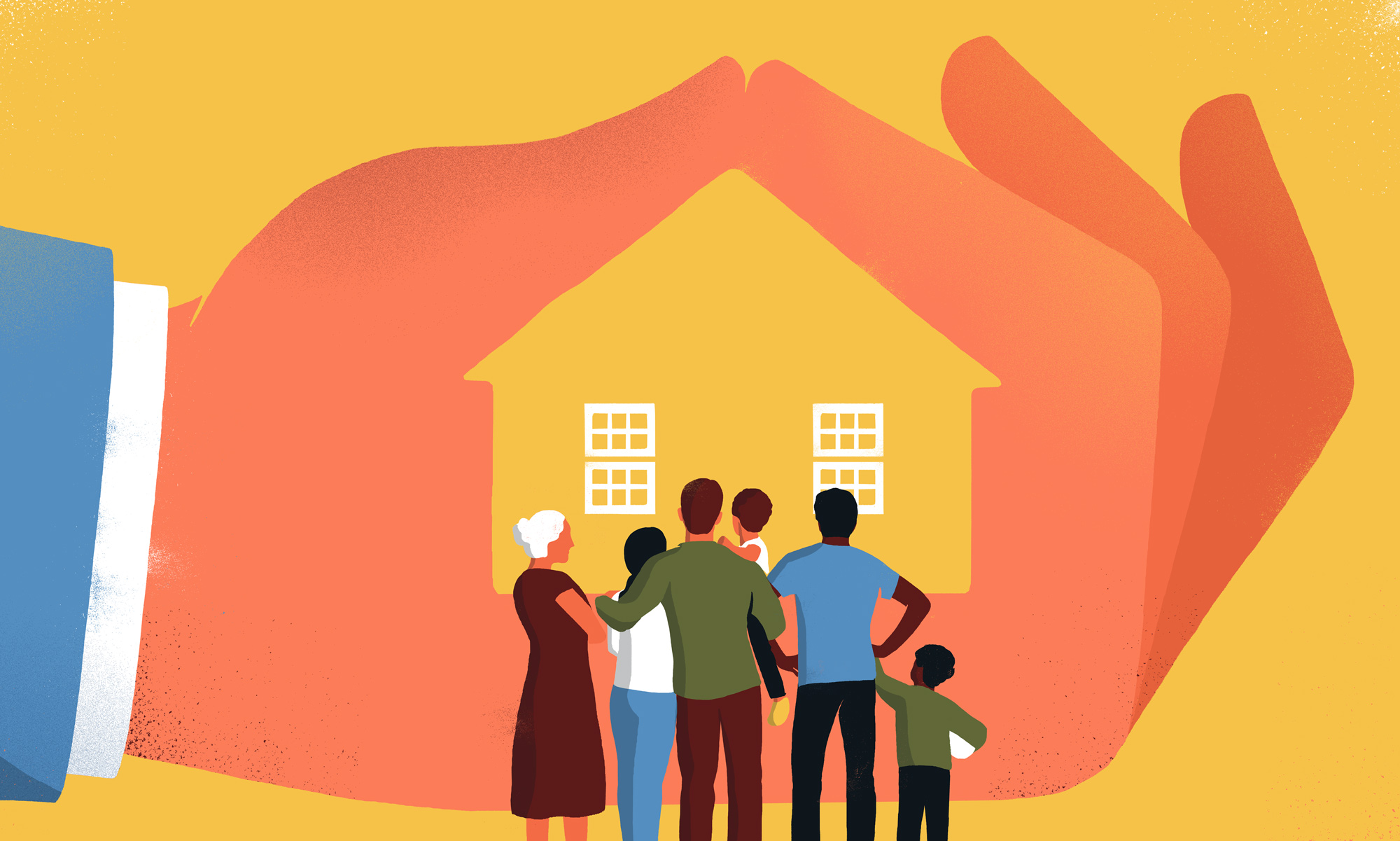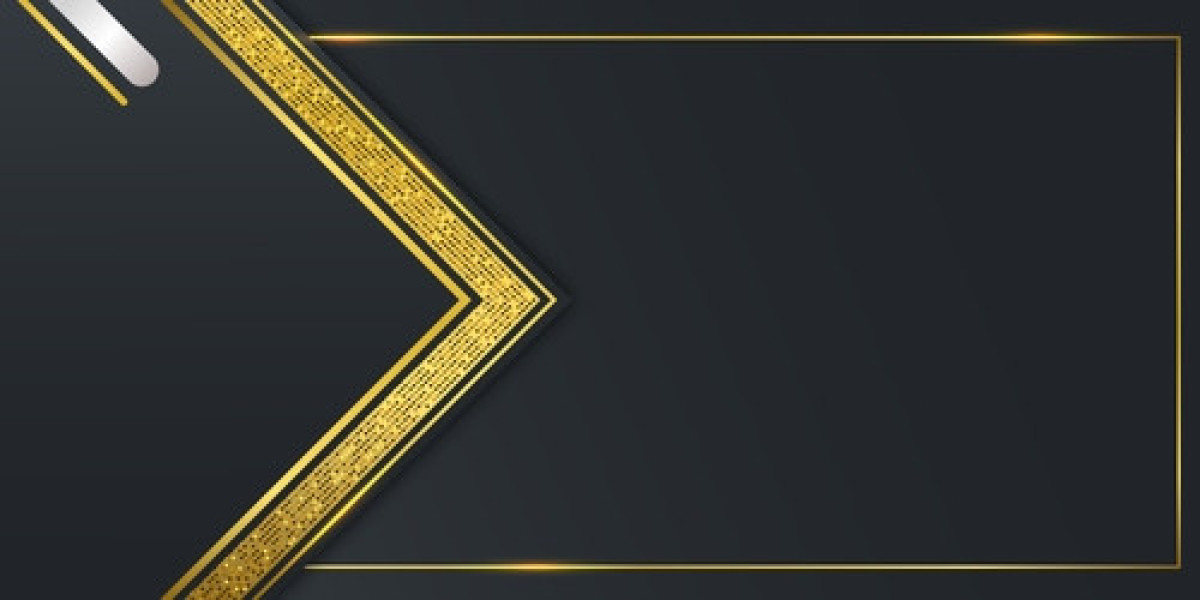
What is the traditional 97 loan program?

The Conventional 97 program permits property buyers to get a conventional mortgage loan with only 3% down.
The program is named for the 97% of the home value that is funded by the loan provider after the purchaser makes a 3% deposit.
The loan program can finance a single-family home or apartment unit - as long as the buyer prepares to use the home as a main residence.
Conventional 97 offers an alternative to FHA loans, which require a similar 3.5% down payment.
In this article:
Conventional 97 loan standards
Credit report requirements
Conventional 97 mortgage rates
Conventional 97 vs FHA and other loan types
Conventional 97 loan FAQ
How to get a Traditional 97 Loan
2025 traditional 97 standards
Aside from needing only 3% down, Conventional 97 loans work a lot like other traditional mortgage loans.
But this loan program works just for novice home purchasers - specified as purchasers who have not owned a home in the past 3 years. For borrowers looking for a low down payment mortgage, it can be a great mortgage option.
Here are some other Conventional 97 loan credentials:
- The loan needs to be a fixed-rate mortgage
- The residential or commercial property needs to be a one-unit single-family home, co-op, PUD, or apartment
- At least one purchaser should not have actually owned a home in the last three years
- The residential or commercial property must be the owner's main home
- A minimum of one borrower needs to take a property buyer education course
- The loan quantity should be at or below $806,500
These features align well with the typical first-time homebuyer's profile.
For example, many buyers today are searching for a one-unit home - as opposed to a duplex or triplex - or an apartment that they plan to live in as their primary house. First-time purchasers are also most likely to be looking for something with a lower purchase rate.
Today's typical home rate is around $350,000 according to the National Association of Realtors, putting a Traditional 97's average deposit at $10,500 - within reach for many home buyers.
By contrast, making a 20% down payment would need $70,000 upfront.
Check your eligibility for the standard 97% LTV program. Start here (Aug 20th, 2025)
Conventional 97 credit requirements
Many property buyers presume they require flawless credit scores to certify for a loan that requires just 3% down. That's not the case.
According to Fannie Mae's Loan Level Price Adjustment (LLPA) chart, a customer can have a rating as low as 620 and still qualify for a 3% down loan.
How is this possible? Private mortgage insurance, or PMI, is one reason. When you put less than 20% down, you'll pay these premiums which safeguard the lending institution in case you default.
This additional layer of protection for the lending institution enables the loan provider to offer lower rates.
Check your 97% LTV rates. Start here (Aug 20th, 2025)
Is it worth paying PMI?
PMI gets a bad rap. But paying it can open decades of savings on interest for brand-new homeowners.
Yes, personal mortgage insurance coverage would make the 3% down choice more costly on a monthly basis, at first.
But the debtor's down payment requirement is substantially lower, enabling them to buy a home much sooner - before home costs increase again.
And keep in mind, you can cancel PMI when the loan's balance reaches 80% of the home's value. Lenders call this percentage your loan-to-value ratio, or LTV.
When LTV falls to 78% of the residential or commercial property's value, PMI immediately drops off.
Conventional 97 rate of interest
Mortgage rates for the 3% deposit program are based on basic Fannie Mae rates, plus a small rate boost.
However, this charge or rate boost is often very little compared to the value included from earlier home buying.
Someone purchasing a $300,000 home would pay about $80 more each month by selecting the 97% loan option compared to a 5% down loan.
Yet, the buyer lowers their total upfront home purchasing costs by over $5,000.
The time it requires to conserve an additional 2% deposit might imply greater real estate rates and tougher qualifying down the road. For lots of purchasers, it might show more affordable and quicker to opt for the 3% down mortgage immediately.
Low deposit options to Conventional 97 loans
Conventional 97 loans vs FHA loans
Before Fannie Mae presented 3% down payment conventional loans, more home purchasers who needed a low deposit loan picked an FHA loan.
FHA loans are still the best option for a lot of purchasers. The Federal Housing Administration, which insures these loans, needs 3.5% down for many new home buyers, putting an FHA deposit in the community of a Conventional 97's.
But unlike conventional loans, FHA loans enable credit report listed below 620 - and as low as 580. Plus, the FHA doesn't add Loan Level Price Adjustments like standard loans.
So, if your credit is borderline - just hardly sufficient to get approved for a Standard 97 - you might draw a better-rate loan from the FHA.
The catch is the FHA's mortgage insurance coverage. Unlike PMI on a traditional mortgage, FHA mortgage insurance coverage premiums (MIP) won't disappear unless you put 10% or more down. You'll keep paying the annual premiums up until you settle the loan or re-finance.
The FHA likewise charges an in advance mortgage insurance premium. This one-time, upfront charge amounts to 1.75% of the loan amount for the majority of debtors.
Conventional 97 vs other government-backed loans
FHA isn't the only government-backed loan program. Two other programs - USDA loans and VA loans - use brand-new mortgage with no cash down.
Unlike FHA and standard loans, USDA and VA loans will not work for simply any customer.
VA loans go to military members or veterans. They're a perk for people who have served. And they're an appealing perk. In addition to putting no cash down, VA borrowers will not pay annual mortgage insurance - simply an upfront funding fee.
Zero-down USDA loans operate in rural and suburbs and just for borrowers who earn less than 115% of their location's typical earnings. They likewise require a higher credit rating - typically 640 or higher.
Conventional 97 vs other low deposit standard loans
Fannie Mae and Freddie Mac use more than one low down payment loan. So far in this post, we have actually been going over Fannie's standard 3% down mortgage.
But some customers might choose:
Fannie Mae's HomeReady: This 3% down loan is designed for moderate-income debtors. If you make less than 80% of your location's average earnings, you may get approved for HomeReady. What's so good about HomeReady? In addition to low down payments, this loan provides reduced PMI rates which can lower your regular monthly payments
Freddie Mac's Home Possible: This 3% down loan works a lot like HomeReady. It adds the ability to utilize sweat equity toward the down payment. This can get made complex, and you 'd need the seller's approval beforehand. But it is possible.
Freddie Mac HomeOne: This 3% down loan resembles the standard Conventional 97 from Fannie Mae. Unlike HomeReady and Home Possible, there are no income restricts to fret about.
Your loan officer can assist identify the low down payment loan that works finest for you.
Check your eligibility for a 3% deposit traditional mortgage. Start here (Aug 20th, 2025)
97% LTV Home Purchase FAQ
What is a Conventional 97 loan?
A Conventional 97 is a traditional mortgage that needs just 3% down. It's called for the remaining 97% of the home's value that the mortgage will finance.
How do you certify for Conventional 97?
Receiving a Conventional 97 loan requires a credit rating of at least 620 for the most part. Debt-to-income ratio (DTI) need to also fall listed below 43%. There are no income limits. Borrowers who currently own a home or who have actually owned a home in the past three years will not qualify.
Do all loan providers use Conventional 97?
Most lenders provide Conventional 97 loans. This product complies with Fannie Mae's rules. Lenders that use Fannie Mae loans will likely provide this 3% down item.
Can closing expenses be included in a standard 97 loan?
No. As its name suggests, the Conventional 97 program can finance up to 97% of a home's evaluated worth. Rolling closing expenses into the loan amount would press the loan beyond this 97% limit. However, numerous newbie property buyers get approved for down payment and closing expense help grants and loans. Conventional 97 also permits present funds. This indicates member of the family or pals might help you cover closing expenses.
Who provides Conventional 97 loans?
Most personal mortgage lending institutions - whether they're online, downtown, or in your neighborhood - offer Fannie Mae traditional loans which consist of Conventional 97 loans.
Exists a minimum credit report for the 3% down payment program?
Borrowers require a credit history of a minimum of 620 to get any Fannie Mae-backed loan. The exception would be those with non-traditional credit who have no credit score. Mortgage lending institutions can set their minimum credit scores greater than 620. Some might need 640 or 660, for example. Make certain to examine with your mortgage lending institution to discover for sure.
Can I use down payment gift funds?
Yes. Fannie Mae mentions gift funds may be utilized for the down payment and closing expenses. Fannie does not set a minimum out-of-pocket requirement for the buyer. You might also get approved for down payment help. Your mortgage officer can assist you discover programs in your state.
Can I purchase an apartment or townhouse?
Yes. Buyers can buy a condominium, townhouse, house, or co-op utilizing the Conventional 97 program as long as it is only one system.
Can I buy a made home with 3% down?
No. Manufactured homes are not enabled with this program.
Can I purchase a second home or financial investment residential or commercial property?
No. The 97% loan program may be utilized just for the purchase of a primary house.
I owned a home two years ago however have been leasing considering that. Will I qualify?
Not yet. You should wait till 3 years have passed considering that you had any ownership in a residence. At that point, you are considered a novice home purchaser and will be eligible to apply for a Conventional 97 loan.
Will mortgage insurance provider supply PMI for the 97% LTV mortgage?
Yes. Mortgage insurers are on board with the program. You do not have to find a PMI company since your lending institution will order mortgage insurance coverage for you.
Just how much is mortgage insurance coverage?
Mortgage insurance differs extensively based on credit score, from $75 to $125 per $100,000 obtained, each month.
Can I get a conforming jumbo loan with 3% down?
No. This program will not let lending institutions exceed conforming loan limitations. At this time, high balance, also called adhering jumbo loans - those over $806,500 - are not qualified.
I'm currently authorized putting 5% down, however I 'd like to make a 3% deposit instead. Can I do that?
Yes. Even if you've currently been through the underwriting process, your lending institution can re-underwrite your loan if it offers the Conventional 97 program. Keep in mind your debt-to-income ratio will increase with the greater loan amount and possibly greater rate.
Check your mortgage rates. Start here (Aug 20th, 2025)
What's the optimum debt-to-income (DTI) ratio for the 97% LTV program?
Your general profile including credit score determines your DTI maximum. While there's no hard-and-fast number, a lot of lending institutions set a maximum DTI at 43%. This means that your future principal, interest, tax, insurance coverage, and HOA fees plus all other month-to-month debt payments (trainee loans, credit card minimum payments) can be no greater than about 43% of your gross income.
Can I utilize the 3% down program to re-finance?
Yes. If you have an existing Fannie Mae loan, you may have the ability to refinance as much as 97% of the present worth. Refinancing may enable debtors to decrease their regular monthly payments or get rid of mortgage insurance coverage premiums.
Click here for more info about the 97% LTV refinance program.
Why is the program only for novice home buyers?
Fannie Mae's research study revealed that the biggest barrier to homeownership for novice property buyers was the deposit requirement. To stimulate more people to buy their very first home, the minimum deposit was reduced.
Exist income limitations?
The basic 3% down program does not set limits on your income. However, the HomeReady 97% loan does need the customer to be at or listed below 80% of the area's median earnings.
What is a HomeReady mortgage?
HomeReady is another program that needs 3% down. It has versatilities integrated, such as utilizing income from non-borrowing home members to qualify.
To see if you receive the HomeReady program, see the total guidelines here.
What is the Home Possible Advantage program?
HomeReady is another program that needs 3% down. HomeReady loans have versatilities built-in, such as using income from non-borrowing home members to certify.
How to get a standard 97 loan
The Conventional 97 mortgage program is readily available instantly from lenders throughout the country. Talk with your lending institutions about the loan requirements today.


